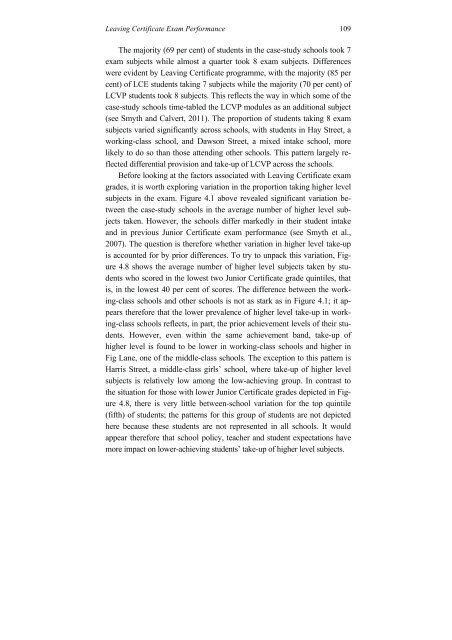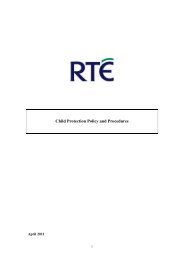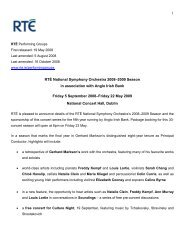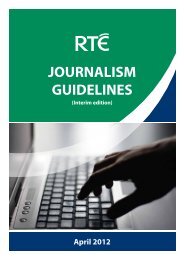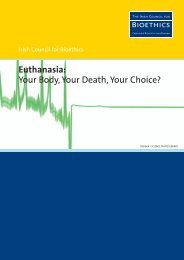From Leaving CertiFiCate to Leaving SChooL a Longitudinal Study ...
From Leaving CertiFiCate to Leaving SChooL a Longitudinal Study ...
From Leaving CertiFiCate to Leaving SChooL a Longitudinal Study ...
Create successful ePaper yourself
Turn your PDF publications into a flip-book with our unique Google optimized e-Paper software.
<strong>Leaving</strong> Certificate Exam Performance 109<br />
The majority (69 per cent) of students in the case-study schools <strong>to</strong>ok 7<br />
exam subjects while almost a quarter <strong>to</strong>ok 8 exam subjects. Differences<br />
were evident by <strong>Leaving</strong> Certificate programme, with the majority (85 per<br />
cent) of LCE students taking 7 subjects while the majority (70 per cent) of<br />
LCVP students <strong>to</strong>ok 8 subjects. This reflects the way in which some of the<br />
case-study schools time-tabled the LCVP modules as an additional subject<br />
(see Smyth and Calvert, 2011). The proportion of students taking 8 exam<br />
subjects varied significantly across schools, with students in Hay Street, a<br />
working-class school, and Dawson Street, a mixed intake school, more<br />
likely <strong>to</strong> do so than those attending other schools. This pattern largely reflected<br />
differential provision and take-up of LCVP across the schools.<br />
Before looking at the fac<strong>to</strong>rs associated with <strong>Leaving</strong> Certificate exam<br />
grades, it is worth exploring variation in the proportion taking higher level<br />
subjects in the exam. Figure 4.1 above revealed significant variation between<br />
the case-study schools in the average number of higher level subjects<br />
taken. However, the schools differ markedly in their student intake<br />
and in previous Junior Certificate exam performance (see Smyth et al.,<br />
2007). The question is therefore whether variation in higher level take-up<br />
is accounted for by prior differences. To try <strong>to</strong> unpack this variation, Figure<br />
4.8 shows the average number of higher level subjects taken by students<br />
who scored in the lowest two Junior Certificate grade quintiles, that<br />
is, in the lowest 40 per cent of scores. The difference between the working-class<br />
schools and other schools is not as stark as in Figure 4.1; it appears<br />
therefore that the lower prevalence of higher level take-up in working-class<br />
schools reflects, in part, the prior achievement levels of their students.<br />
However, even within the same achievement band, take-up of<br />
higher level is found <strong>to</strong> be lower in working-class schools and higher in<br />
Fig Lane, one of the middle-class schools. The exception <strong>to</strong> this pattern is<br />
Harris Street, a middle-class girls’ school, where take-up of higher level<br />
subjects is relatively low among the low-achieving group. In contrast <strong>to</strong><br />
the situation for those with lower Junior Certificate grades depicted in Figure<br />
4.8, there is very little between-school variation for the <strong>to</strong>p quintile<br />
(fifth) of students; the patterns for this group of students are not depicted<br />
here because these students are not represented in all schools. It would<br />
appear therefore that school policy, teacher and student expectations have<br />
more impact on lower-achieving students’ take-up of higher level subjects.


